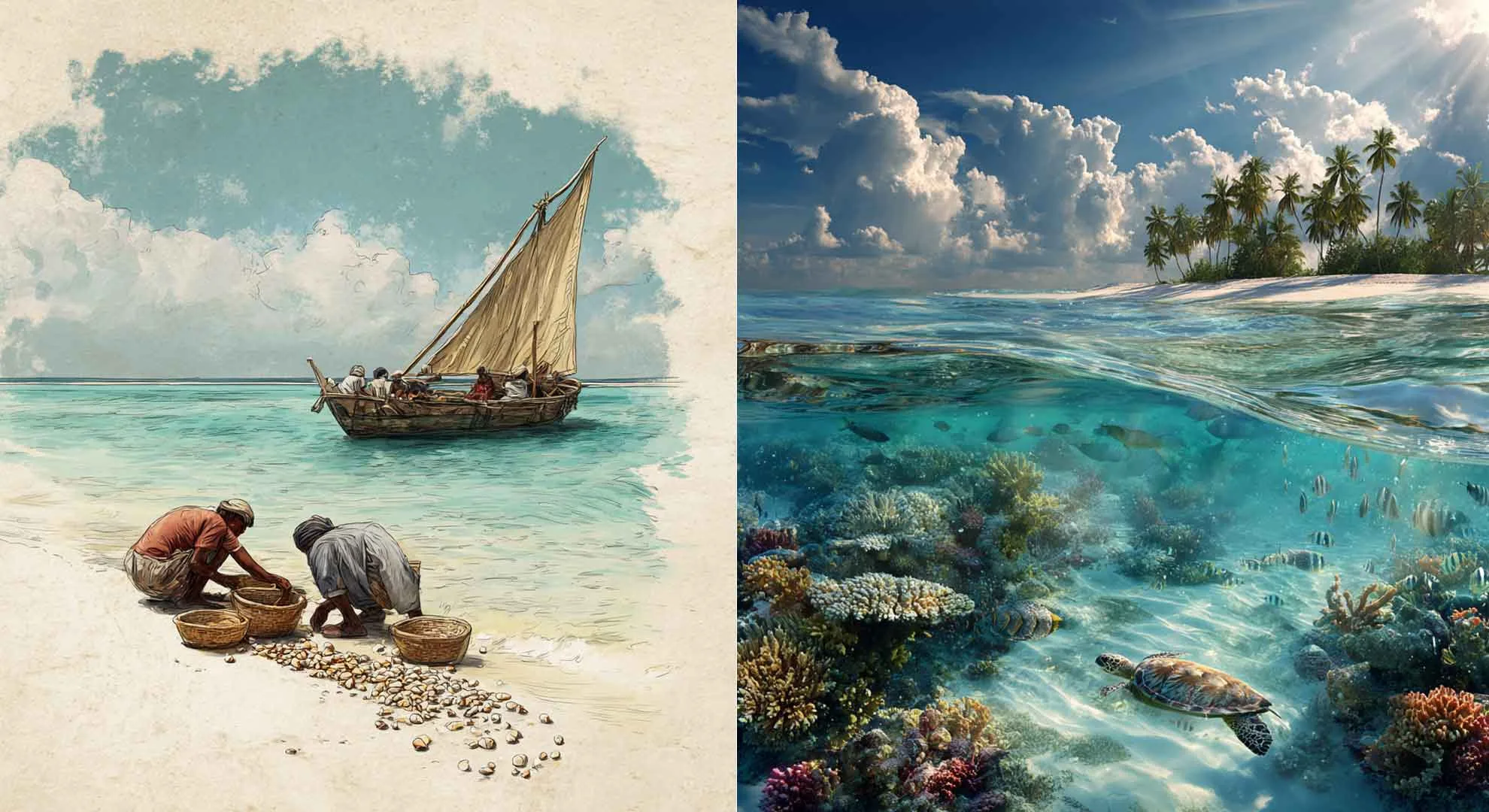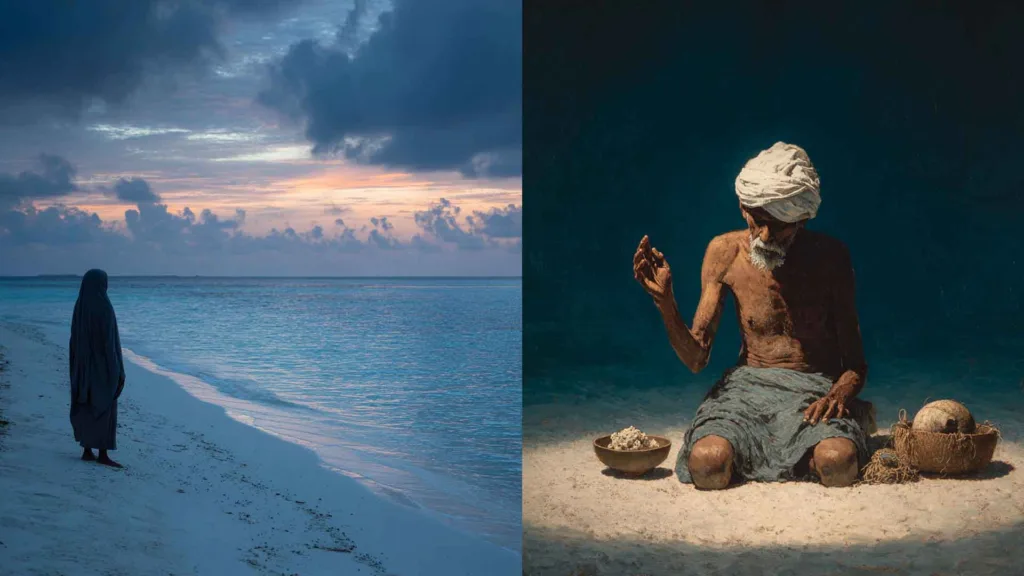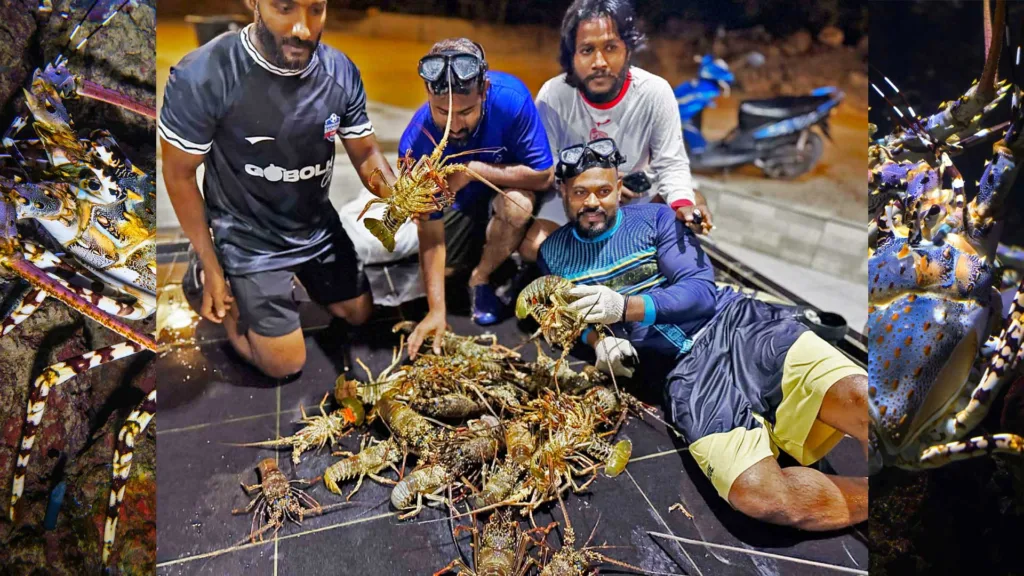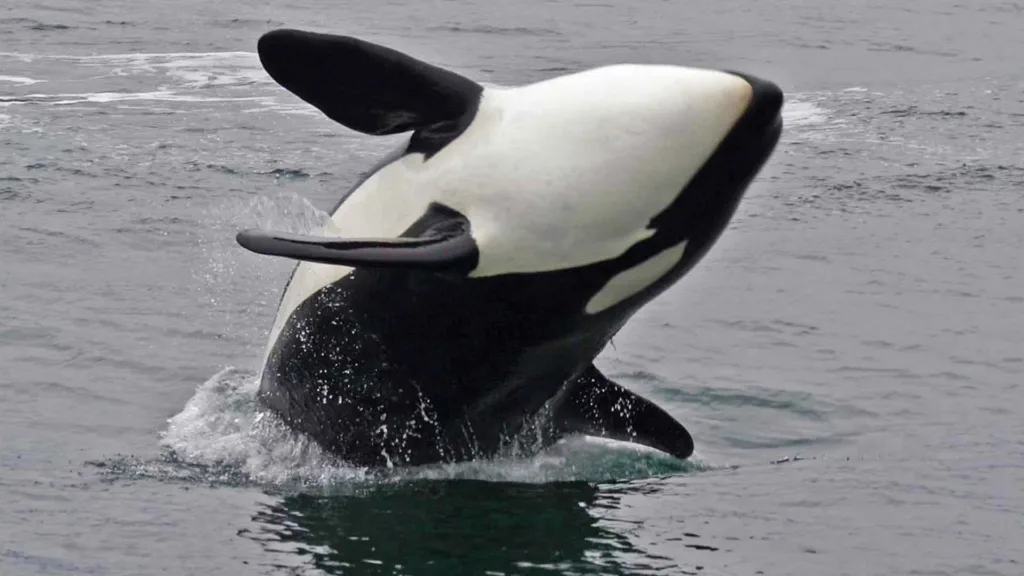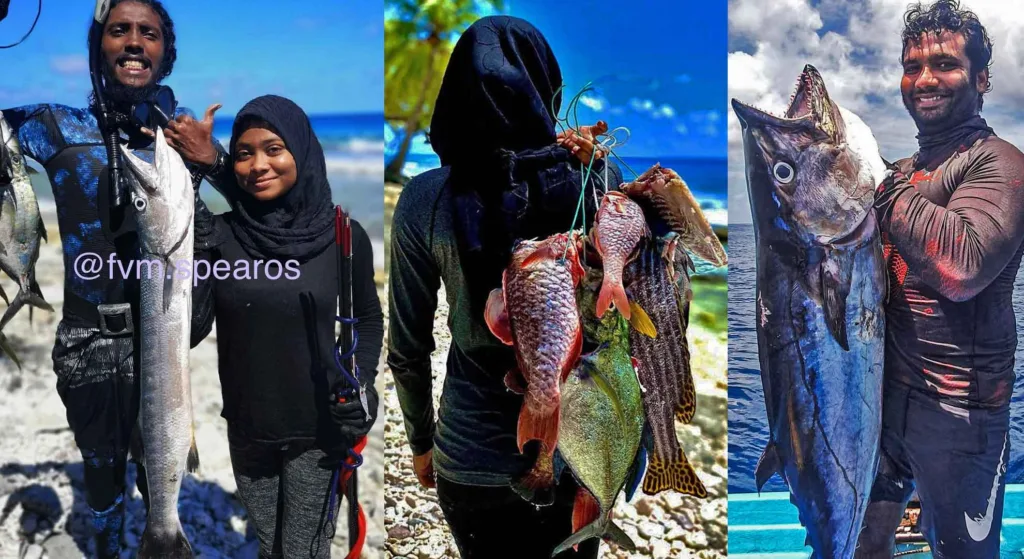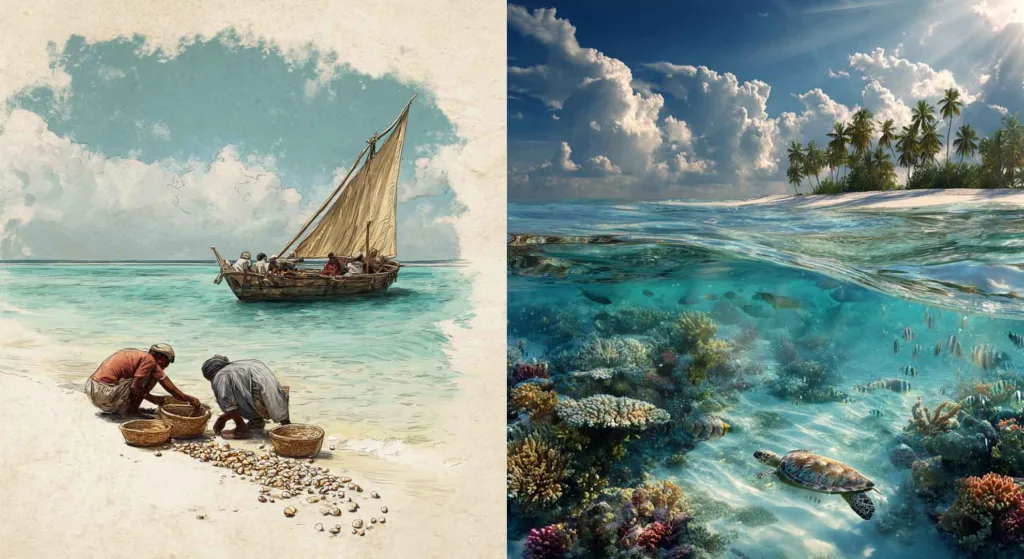
Coral reefs rise from the depths of the sea. These unique formations are teeming with life and home to millions of species. Ocean ecosystems rely heavily on these enigmatic and breathtaking landscapes. These fascinating structures weave together human and marine life to form a complex tapestry.
The Maldives is a coral island nation that emerged millions of years ago. Coral growth begins when volcanic islands reach the surface and coral polyps and other living organisms colonize the waters. Coral reefs provide a haven for an incredible diversity of marine life. Reefs’ intricate webs support fish, invertebrates, and marine plants, preserving the delicate balance of life beneath the water’s surface. The resulting phenomenon produces coral islands and atolls.
Coral reefs are extremely valuable to cultures, islands, and communities. These ecosystems impact local beliefs, traditions, and lifestyles. The rich marine life in these places inspires writing, art, music, and stories. These structures established an enduring cultural identity. The vast and enigmatic structures and topography of the Maldives archipelago have left an indelible legacy of historical, cultural, religious, and symbolic value. The deep waters and tuna are not the only symbols of this beautiful nation. Beaches and beautiful reefs surround the islands, and their proximity helps to support our livelihood.
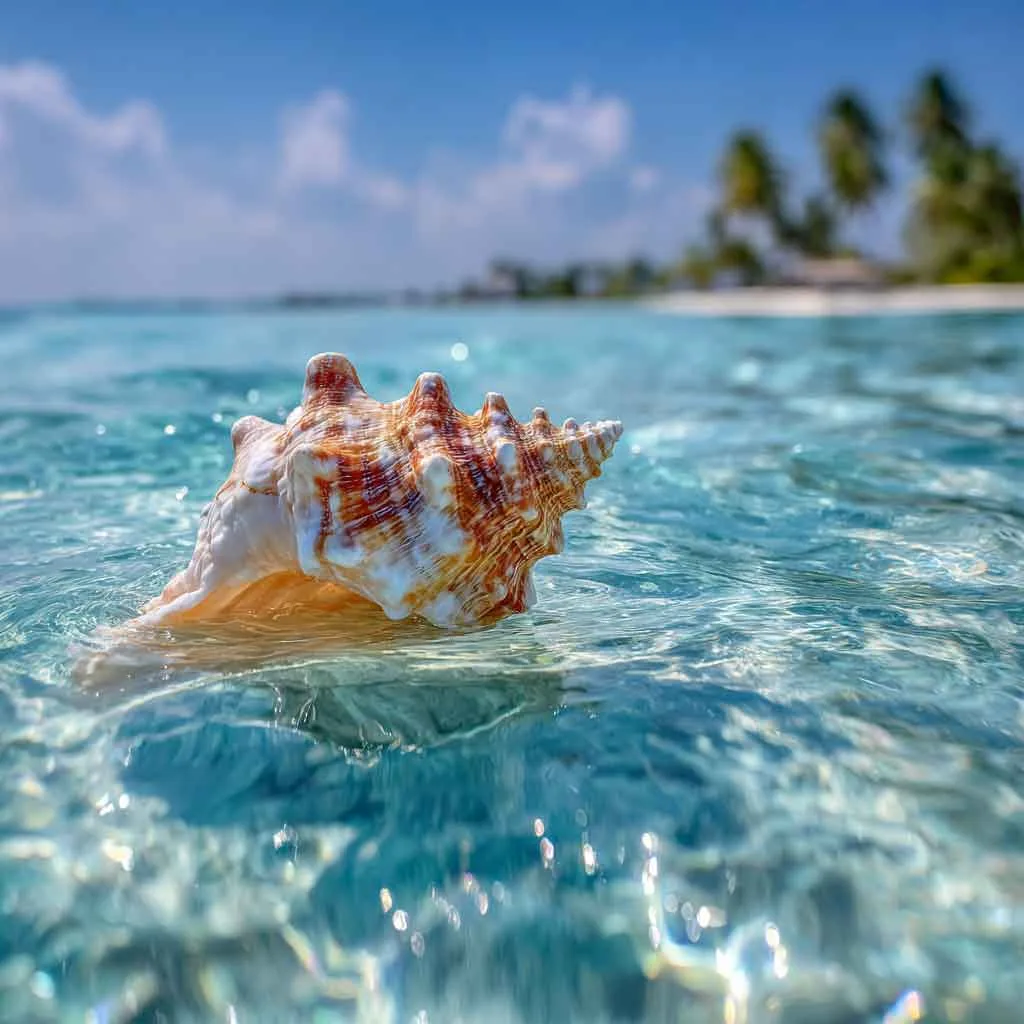
Corals and pebbles were widely used as building materials in ancient times. Coral stones were extracted and precisely cut to the desired sizes and shapes. These blocks were used to construct mosques and homes. Lime was made from corals extracted from the reef and beach. The primary bonding chemical used in the construction of houses was lime.
Cowries were plentiful in the Maldives. And it was the world’s first global currency. Cowries collected from the reef and beaches were originally used as currency. Cowrie shells were abundant in the Maldives. The cowrie shells were widely exported and traded. The spider conch (also known as sangu) was blown by the locals to summon the people of the islands for important ceremonies and messages. This shell was also used to practice magic. Shells and coral stones have played an important role in Maldivian history and culture.
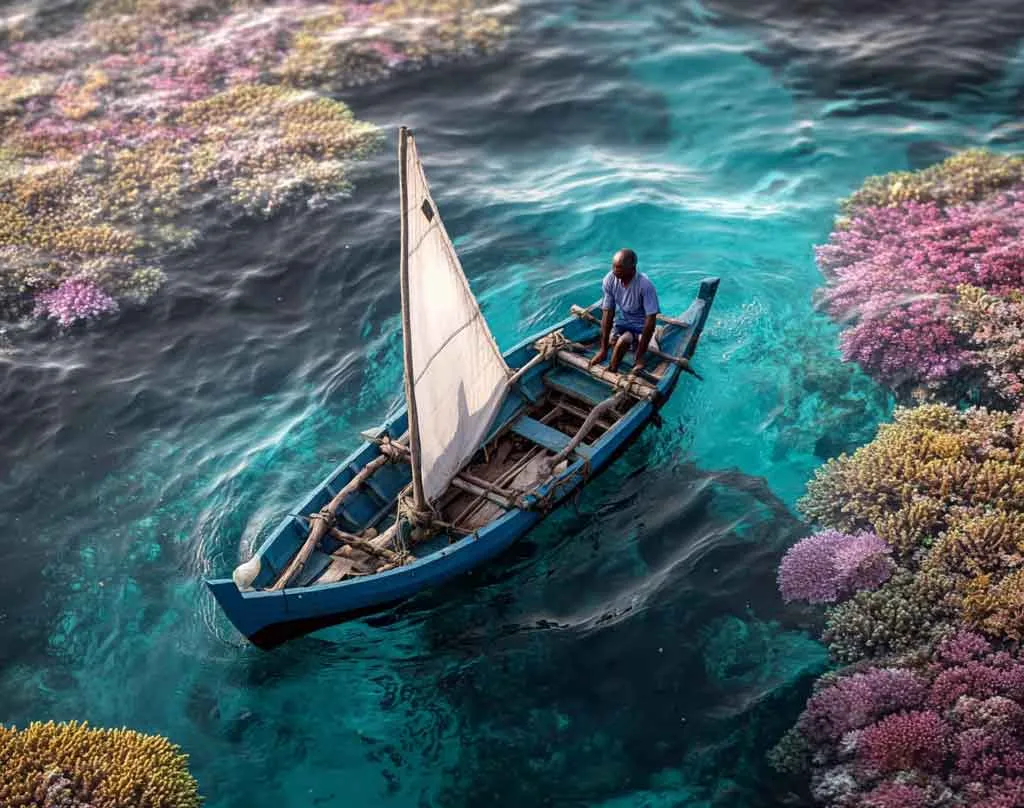
Now, science has proven that reef fish are healthier than pelagic fish due to their high omega and other vital contents. Maldivians consumed reef fish widely in the early days. Although traditional wooden boats like bokkura and other vessels were built for fishing and travel, our forefathers used the islands’ surrounding reefs to catch fish and other marine creatures for food. Lobsters and crabs were commonly eaten as main foods. They used the intertidal zones to catch fish when the high tide ceased and small fish became trapped in the reef’s small pools. Parrotfish, three-finger fish, surgeonfish, triggerfish, flagtail, oriental sweetlips, sea snails, and numerous reef fish were caught and eaten.
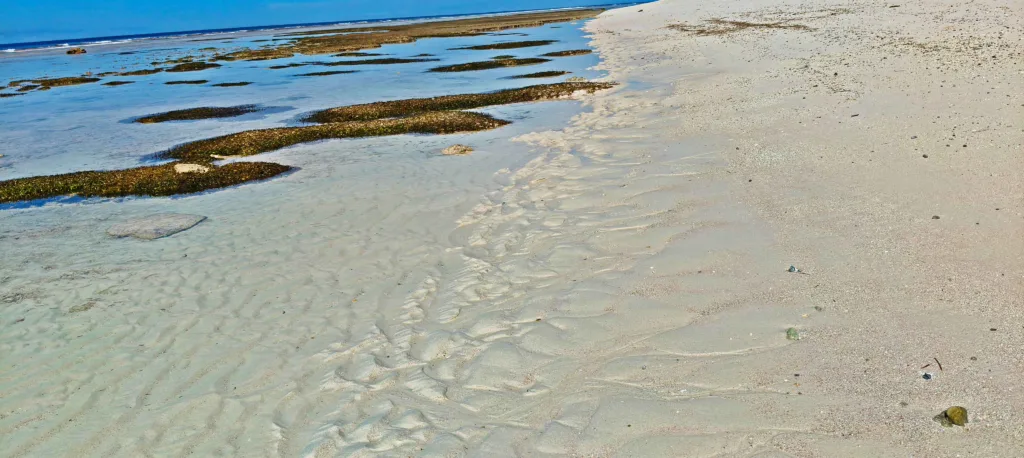
There are names for beaches, reefs, and passageways on the reef based on people’s names. Some names refer to nobles, prominent scholars, and island chiefs. Some of these names date back hundreds of years. Scholars and prominent people bathed in some of the reef’s beaches and small tide pools. Some channels and faros have been named after islands or individuals.
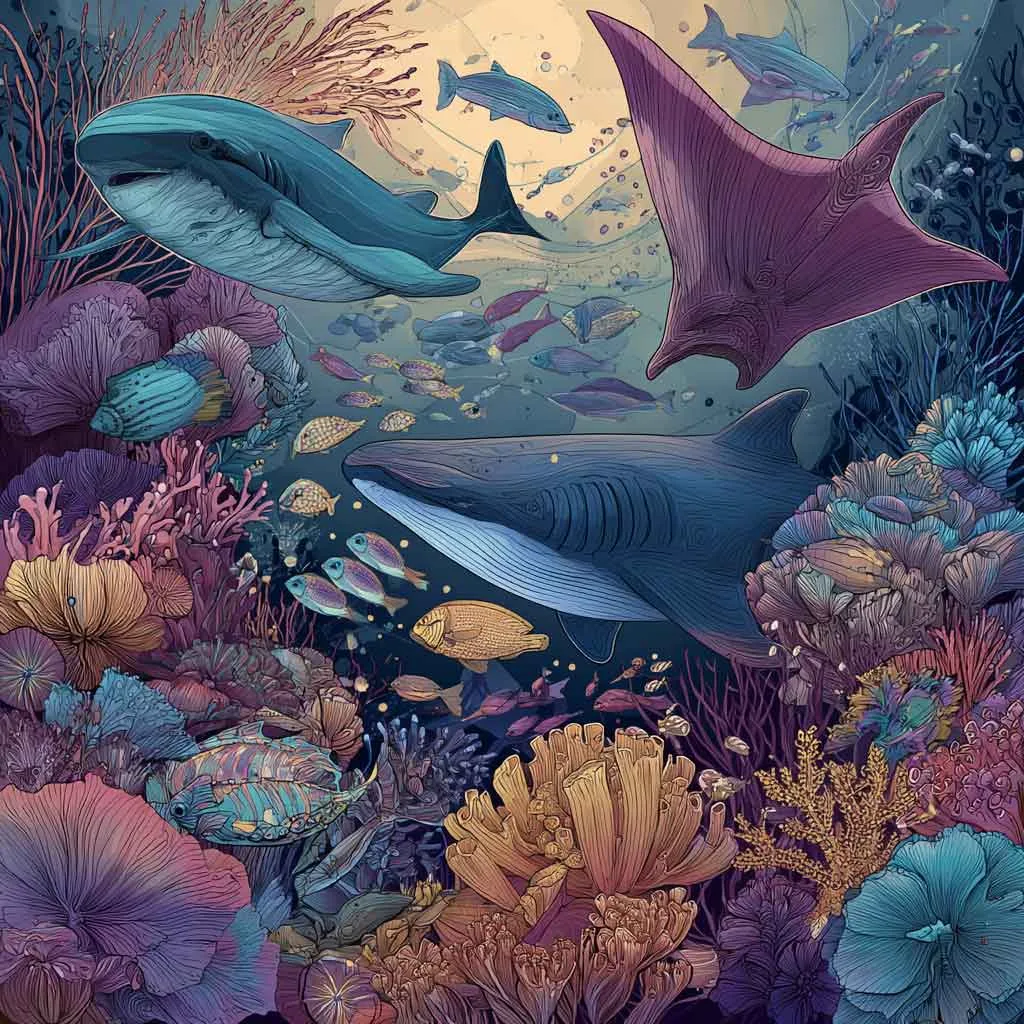
The Maldives reef system is vast and diverse, with a variety of vibrant and mysterious species. Folklore often emerges when people witness unusual phenomena such as natural lights and creatures. The reef system revealed a wide range of natural light, including bioluminescent effects produced by the organisms that live there. These events have had a significant impact on the fictional creatures depicted in Maldivian folklore.
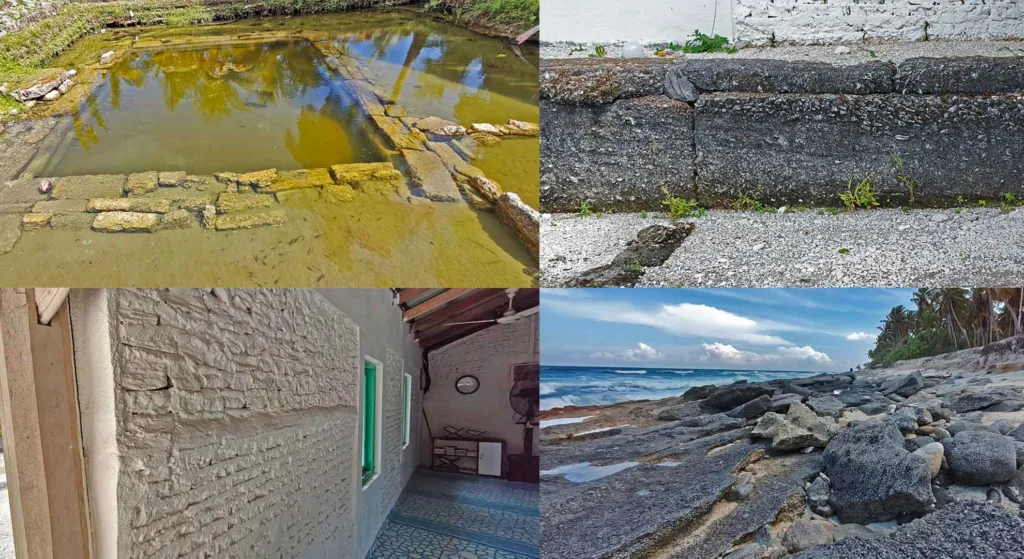
Coral reefs are some of the world’s most remarkable natural features. The remarkable formations protect the oceans. Everyone on Earth understands the importance of these magnificent ecosystems. The need to protect and preserve coral reefs extends beyond the ecological imperative. It becomes a moral and ethical obligation in order to ensure the survival of Earth’s intricate web of life.
